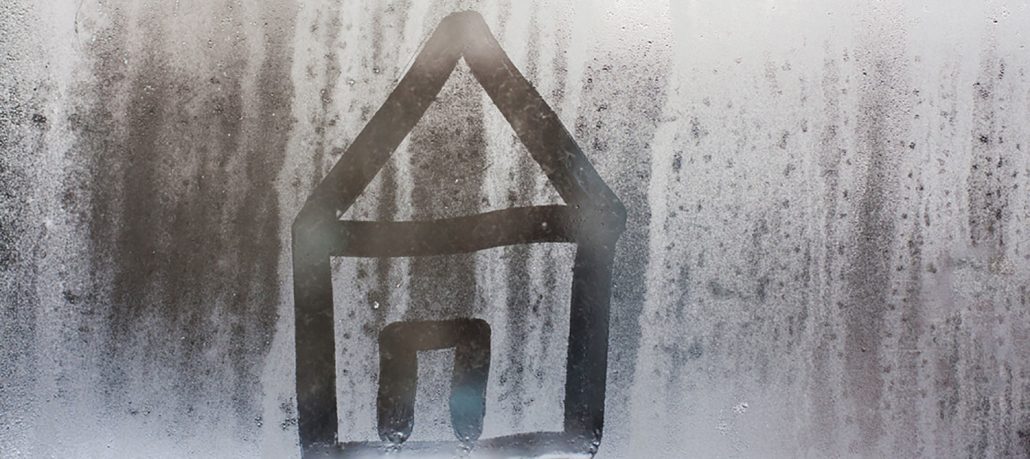 We all know that humidity can affect our skin, hair, and overall health, but did you also know that it can affect the health of your home? First, we will discuss what humidity is and what impact it can have on you and your home when it is too low or too high. Then we’ll talk about what you as a homeowner can do to control humidity in your home.
We all know that humidity can affect our skin, hair, and overall health, but did you also know that it can affect the health of your home? First, we will discuss what humidity is and what impact it can have on you and your home when it is too low or too high. Then we’ll talk about what you as a homeowner can do to control humidity in your home.
What Is Humidity?
Humidity is the amount of water vapor in the air around you. Humidity levels in your home tend to change with the season or climate, becoming higher in the summer (or warmer weather) and lower in the winter (or colder weather). When humidity levels are high in the home, there is too much moisture. When humidity levels are low, the air becomes too dry.
Ideal in-home humidity levels should hover around 45%. Anything under 30% is too dry, and over 50% is too high.
Issues Caused by High Humidity Indoors:
- Mold, mildew and bacteria growth
- Certain insects, such as dust mites, thrive in moist conditions
- Exacerbation of asthma and allergy symptoms
- Rot on woodwork
- Wet stains on ceilings, walls or floors
- Peeling paint and wallpaper
- Muggy conditions
Issues Caused by Low Humidity Indoors:
- Exacerbation of asthma and allergy symptoms
- Susceptibility to cold and respiratory illnesses (viruses/germs thrive and spread more rapidly)
- Dry skin and hair, chapped lips, and dry air passageways.
- Cracks and damage to wood flooring, trim, and wood furniture (i.e., shrinkage and warping)
- Chipping paint
- Static electricity
- Damage to electronics
How to Gauge Indoor Humidity Levels:
Fogging and condensation accumulating on the inside of windows, a musty smell, or moisture and mold on walls and ceilings are some indicators of too much humidity in your home. Increased instances of static electricity, dry skin and hair, scratchy throat and nose, and dried and cracking millwork and paint can indicate low humidity levels. If you really want to get serious about humidity, you can invest in a small, inexpensive and easy-to-use device called a hygrometer, to accurately read your home's humidity levels.
What to Do If Humidity Levels are Too Low in Your Home:
- Install a humidifier directly to your heating and cooling system or purchase individual, portable units for rooms or areas in your home.*
- Boiling or cooking with the lids off the pans
- Moisture from the shower or bathroom
- Keep houseplants
What to Do If Humidity Levels are Too High in Your Home:
- Install a dehumidifier directly to your heating and cooling system or purchase individual, portable units for rooms or areas in your home.*
- Turn down or stop using your humidifier
- Vent areas that create moist air, like the shower or bathroom
- Use range and bathroom exhaust fans while cooking and bathing
- Cook with pans covered
- Take shorter showers with cooler water
- Reduce number of plants in your home
- Vent clothes drier to outside
* A whole-home humidifier/dehumidifier built into your heating and cooling system is the best long-term solution for keeping relative humidity at ideal levels in your home year-round. The water supply is constant and it can be controlled by a humidistat mounted on your wall, properly and automatically regulating the humidity in your home. With the right amount of humidity, you’ll find that you can be comfortable at a lower thermostat setting. It will increase your comfort as well as save you money on your energy bills. Ask your builder today about adding this feature to your new home.









